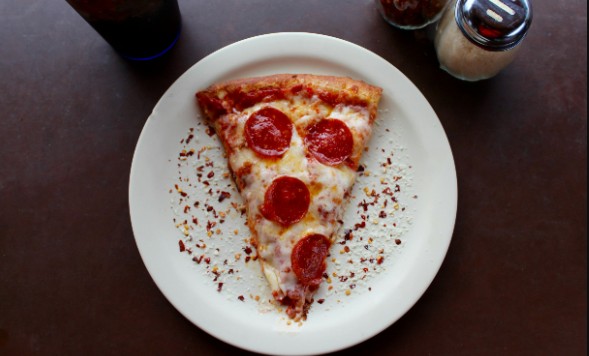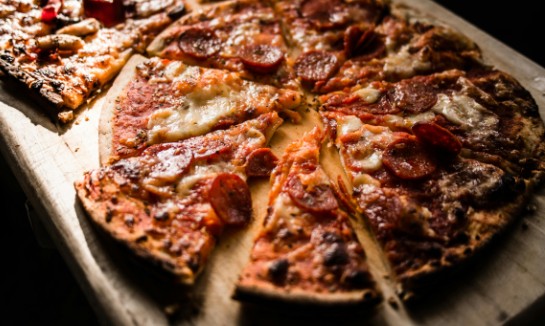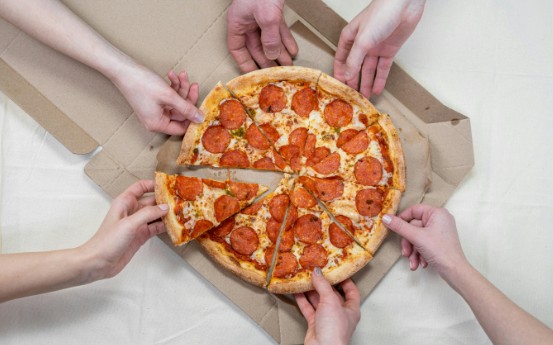
Martinez has developed a distinct preference for crispy and curly pepperoni toppings, which makes them a defining feature in local pizza culture. The unique texture and flavor they bring have set them apart from other toppings, which has drawn consistent popularity across generations. For many, the sight of curled edges and sizzling spice has become symbolic of the city’s pizza experience.
This preference reflects a deeper appreciation for tradition and quality. Households, restaurants, and enthusiasts of pizza Martinez, CA, embrace pepperoni curls as more than a topping, and they treat those toppings as an essential component of the dining ritual. The dominance of such toppings showcases how culinary trends can shape community dining habits.
Historical Roots of Preference
Pepperoni curls have been part of Martinez dining for decades. Local pizzerias began using traditional preparation methods that emphasized crispness and bold taste. Over time, these practices became associated with authenticity in the city’s pizza culture.

Residents have grown up with these flavors, which have linked them to family gatherings and social moments. The sense of nostalgia strengthens the attachment, which keeps this style of pepperoni in demand across all age groups.
Visual Appeal That Stands Out
Crispy curls add more than flavor; they enhance the look of every pizza. Their curled edges and browned surfaces create an eye-catching presentation. This visual element makes pizzas appear richer and more appetizing.
- The curling process showcases quality craftsmanship.
- Golden-brown textures highlight freshness.
- Vibrant colors emphasize indulgence.
This appeal is central to why customers often prefer pizzas topped with curled pepperoni over flat alternatives.
Flavor That Defines the Experience
The crisp texture of curled pepperoni intensifies the overall flavor profile. As the slices curl, oils pool within the cup shape, which concentrates spice and smokiness. This creates bursts of flavor that elevate each bite. The balance of salty richness with slight crispiness satisfies a broad range of palates. Martinez residents associate this taste with comfort and consistency, which reinforces its role as a favored topping.
Influence of Local Pizzerias
Pizzerias in Martinez actively promote crispy and curly pepperoni as their specialty. Many chefs refine cooking techniques to achieve the perfect curl, which often involves adjusting oven temperatures and slicing methods. These deliberate efforts ensure a consistent and memorable product. Marketing campaigns highlight the topping as a signature choice. This branding cements the topping’s dominance, which makes it nearly inseparable from the city’s pizza identity.
Popularity Among Younger Diners

Younger diners in Martinez play a major role in sustaining this trend. Social media posts featuring curled pepperoni slices capture attention due to their visually appealing nature. Sharing these images amplifies demand and draws curiosity among peers. For students and young professionals, crispy curls represent a modern twist on a traditional favorite. Thus, the combination of visual appeal and bold taste keeps them engaged with local pizzerias.
Cultural Identity and Community Connection
Crispy and curly pepperoni has grown beyond a topping into a cultural marker. Community events, sports nights, and casual gatherings frequently feature pizzas that showcase this signature style. Its presence has become part of shared experiences that bond residents.
Local pride, thus, fuels its continued dominance. For many households, ordering a pizza Martinez, CA, without crispy curls would feel incomplete, which underscores how strongly the topping is tied to the city’s culinary personality.
Crispy and curly pepperoni toppings dominate pizza choices in Martinez because they combine tradition, flavor, and visual appeal. Local pizzerias, younger diners, and cultural pride all reinforce this enduring trend. Thus, the topping remains more than food, which serves as a shared symbol of the city’s dining identity.


